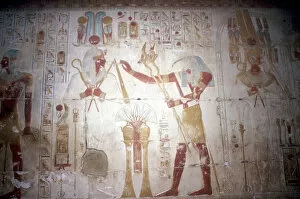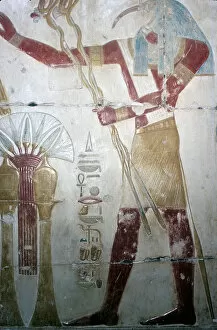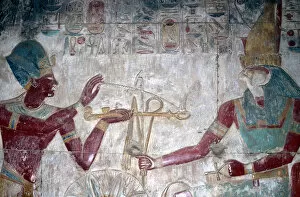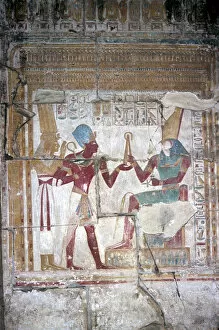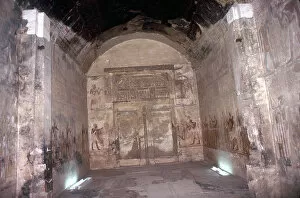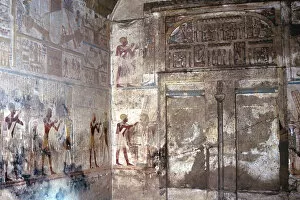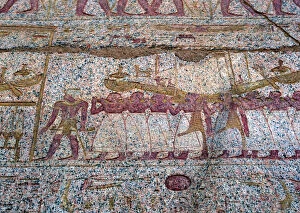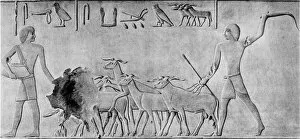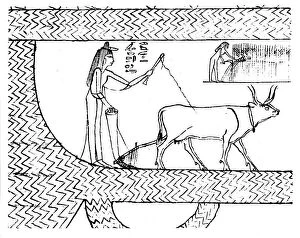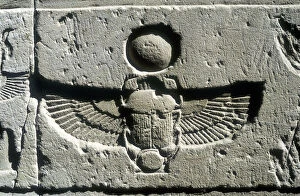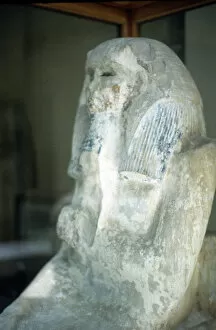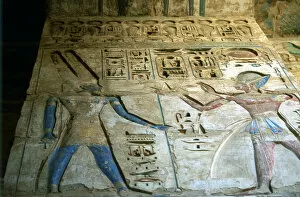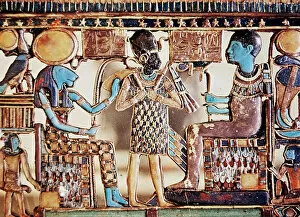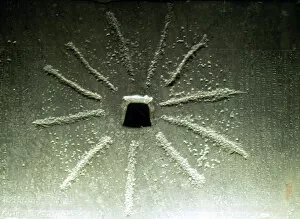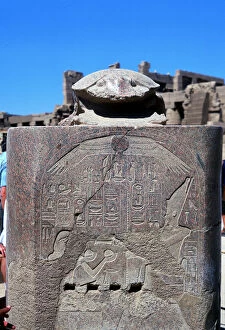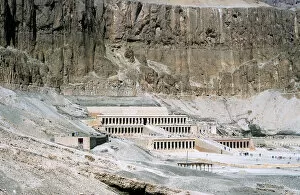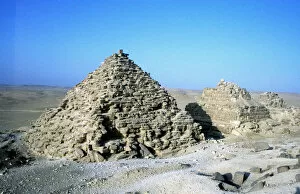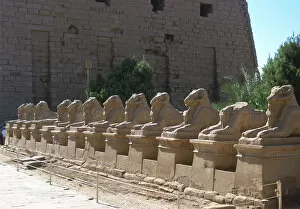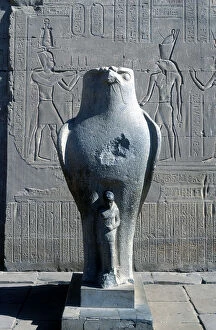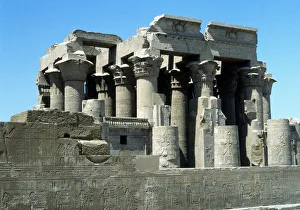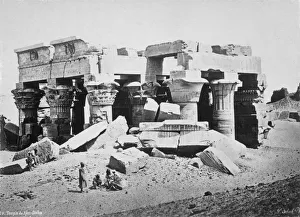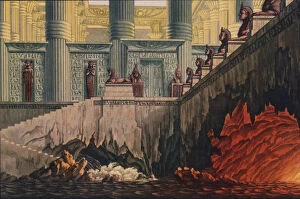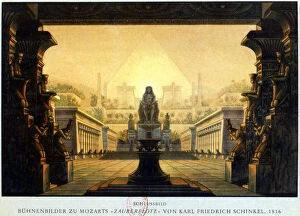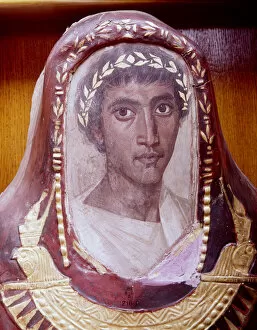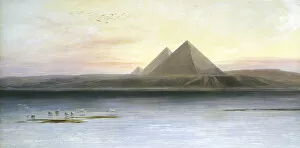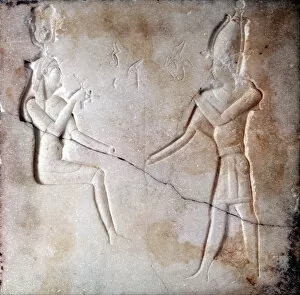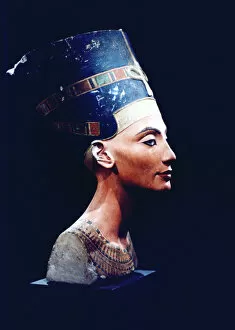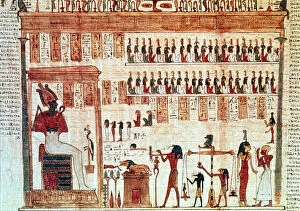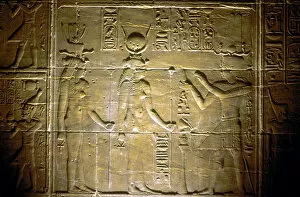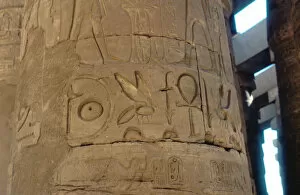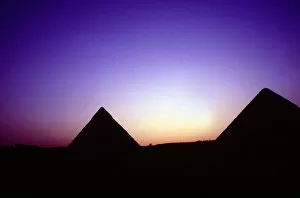Ancient Egyptian Collection (#87)
"Journey through Ancient Egypt: Unveiling the Mysteries of a Timeless Civilization" Step back in time and immerse yourself in the wonders of ancient Egypt
For sale as Licensed Images
Choose your image, Select your licence and Download the media
"Journey through Ancient Egypt: Unveiling the Mysteries of a Timeless Civilization" Step back in time and immerse yourself in the wonders of ancient Egypt. Along the majestic Nile, towering pyramids stand as testaments to human ingenuity and architectural brilliance. These monumental structures, built as tombs for pharaohs, continue to awe and inspire visitors from around the world. Intricate illustrations depict Horus, an ancient Egyptian god, holding the key of life known as ankh. This symbol represents eternal life and serves as a reminder of the spiritual beliefs that shaped this civilization. Egyptian deities were believed to separate night from day, ensuring harmony in their cosmic realm. Their divine presence can still be felt today through mesmerizing wall paintings found within Tutankhamun's tomb in Luxor's Valley of the Kings. The Book of the Dead offers insights into ancient Egyptian beliefs about death and afterlife, and is a guidebook filled with spells and rituals meant to assist souls on their journey into eternity. Witness Ra, the sun-god embarking on his daily voyage across the sky. The Egyptians revered him as a powerful deity who brought light and warmth to their land. Delve deeper into everyday life with artifacts like a spoon crafted in the form of a nude girl swimming beside a rectangular basin—a testament to artistic craftsmanship that celebrated beauty even in mundane objects. Marvel at Queen Tiy's regal portrait from 14th century BC—an exquisite representation by artist Winifred Mabel Brunton that captures her grace and power. Tetisheri, another queen from centuries before, is also immortalized through artistry that transcends time. Hieroglyphs inscribed within Jean-Francois Champollion's notebook reveal his groundbreaking decipherment efforts—unlocking Egypt's written language after centuries shrouded in mystery. Pharos stands tall amidst Alexandria’s history—a lighthouse guiding ancient sailors through treacherous waters.

